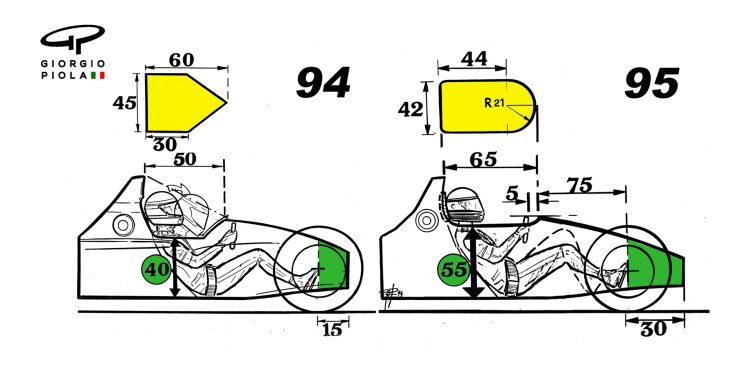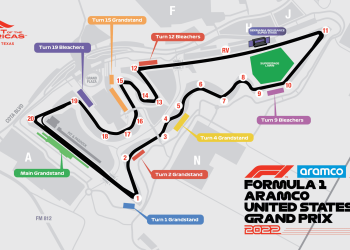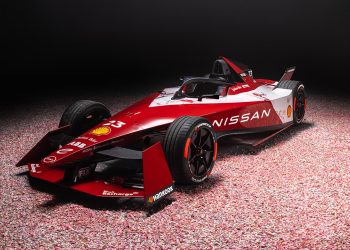Formula 1, the pinnacle of motorsport, is a world of speed, precision, and cutting-edge technology. When we think of these magnificent machines, our minds often race to their thunderous engines and aerodynamic designs. Yet, nestled within these marvels is the often-overlooked hero of the race—the cockpit. What are the dimensions of a Formula 1 cockpit, and why do they matter? Let’s embark on an exploration of this fascinating element of F1 design.
The Cockpit: Heart of the Machine
In any Formula 1 car, the cockpit is where the driver spends every grueling moment on the track. One might think it’s just a driver’s seat, but it’s a carefully engineered environment that maximizes performance and safety. Each detail is accounted for, from the precise steering wheel layout to the ergonomic seating position. With an emphasis on driver comfort and control, the cockpit becomes more than just a vehicle component—it is where man meets machine.
Whisper Rooms: The Sound of Silence
Interesting Fact: Did you know that F1 drivers experience sound levels over 130 decibels during a race? That’s comparable to a roaring jet engine!
To counteract this, innovations such as “whisper rooms” within the cockpit use noise-canceling technology to protect drivers’ hearing while allowing them to communicate effectively with their teams. The cockpit shields drivers from both physical and auditory shockwaves, proving itself a sanctuary amid the chaos.
Dimensions: Small but Mighty
What are the dimensions of a Formula 1 cockpit, you ask? While the exact measurements can vary slightly depending on the team and regulations for the season, the cockpits are universally compact. The cockpit width is generally around 50 centimeters, with enough room to accommodate the driver snugly, ensuring minimal movement during high-speed maneuvers.
F1 regulations mandate the cockpit space be large enough to allow drivers to exit promptly. This is crucial for safety reasons, especially in emergencies. With these dimensions, it’s no wonder the mantra in Formula 1 is, “If it feels comfortable, it’s too big!”
Ergonomics and Safety: A Balancing Act
Did You Know? F1 cockpits are constructed using lightweight materials like carbon fiber to maintain agility while ensuring utmost safety.
The seats are custom-molded to each driver’s body, maximizing ergonomics and comfort during long races. The headrest, foot pedals, and steering wheel are all adjustable, tailored to the driver’s unique needs. While ensuring comfort, F1 cockpits are designed primarily for safety. The integrated Halo device, a T-shaped protective bar, has revolutionized the standard of driver protection, withstanding the toughest impacts.
Beyond the Wheel: Controls and Displays
While focusing on cockpit dimensions, one cannot overlook the advanced steering wheel. An F1 steering wheel is a complex panel of switches, digital readouts, and paddles; it’s the nerve center controlling every aspect of the car’s performance.
This intricate design allows drivers to monitor tire pressure, engine settings, and even race strategies, all while maintaining optimal control of the vehicle. The cockpit is, thus, a hub of activity, as drivers continually adjust settings to adapt to the ebb and flow of the race.
Historical Insights: Evolution of F1 Cockpits
Historical Note: The first F1 cars were exceedingly spartan, with minimal regard for comfort.
Over the decades, advances in technology and a deeper understanding of driver needs have transformed F1 cockpits from primitive setups to sophisticated command centers. The journey from the rudimentary cockpits of the 1950s to today’s state-of-the-art environments is a reflection of Formula 1’s relentless pursuit of perfection.
| Feature | Description |
|---|---|
| Width | Approximately 50 cm |
| Material | Carbon Fiber |
| Safety Device | Halo System |
| Customization | Driver-Specific Molding |
FAQ
How are F1 cockpits customized for each driver? Teams use digital scans of drivers along with molds to create a seat that fits like a glove, ensuring optimal comfort and performance.
Why is cockpit exit time important? Regulations require that a driver must be able to exit the cockpit within 5 seconds to address emergency situations and enhance driver safety.
How has the Halo device impacted cockpit design? The Halo has been integrated into cockpit designs to protect drivers from flying debris, significantly enhancing safety without altering the ergonomic design of the cockpit.
- Adjustable Controls: Every cockpit component, from pedals to steering, can be personalized for the driver.
- Noise Reduction: Whisper room technology helps reduce race noise exposure.
- Digital Displays: Real-time data is continuously fed to drivers for strategic advantages.
Closing Thoughts: Mastering the Balance of Control and Comfort
For Formula 1 teams and drivers, the cockpit is not just a space but a domain where control and comfort intersect. It’s the crucible where drivers transform their skills into victory on the world’s greatest racing stages.
As we’ve unraveled the details behind what makes a Formula 1 cockpit tick, it’s evident that each dimension and component is interlinked with the essence of F1 innovation. In these compact spaces, champions are made—not just by what’s outside the car, but by how they harness the power within.

So next time you’re watching a Formula 1 race, spare a thought for the cockpit—a small chamber of immense challenges and even greater triumphs.
Thank you for reading, and feel free to check out other fascinating articles on our website! We’ll continue to feed your curiosity with more insights into the world of high-speed racing.















